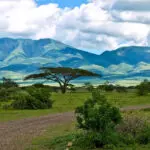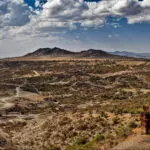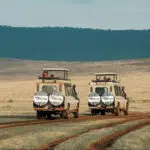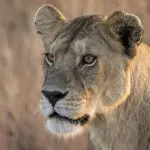When to Travel to Tanzania
The simple truth? There’s never a bad time to visit Tanzania—and we genuinely hope you do. That said, certain times of year lend themselves particularly well to specific experiences, whether it’s summiting Kilimanjaro in the clearest conditions or witnessing the awe-inspiring calving season in the Serengeti. With a bit of timing and planning, you can tailor your journey to match your interests and expectations. Here’s what to consider as you plan your adventure. Continue reading for our guidance on visiting Tanzania. If you’re feeling ready to begin your own Tanzania adventure, explore our Tanzania Safari Itineraries for more inspiration.

General Weather Patterns: What’s the Best Month to Visit Tanzania
Straddling the equator, Tanzania enjoys a largely tropical climate, making it a compelling destination no matter the season. The country experiences two main rainy periods: a long rainy season that typically spans April and May, and a shorter spell of rain in November.
The dry months—from December through March and again from June to October—are when most travelers choose to visit. These periods bring sunny skies, pleasant conditions, and coincide with school holidays and vacation breaks for visitors from Europe and North America, making them particularly popular.
Safari in Tanzania
When it comes to wildlife viewing, there’s hardly a wrong time to go on safari. The dry months do attract the most visitors, not just for the reliably good weather but also because animals tend to gather around limited water sources, making them easier to spot. It’s also peak travel season, so expect larger crowds and higher prices.
However, if you’re open to a bit of rainfall and prefer a quieter experience, the green season (during the rains) has its own rewards. The landscapes are lush and vibrant, birdlife is abundant, and many animals are giving birth, adding a delightful element of new life to the savannah. Best of all, you’ll often find more attractive rates at lodges and tented camps, making this a fantastic time for travelers looking to stretch their budget without sacrificing the experience.
One of the most amazing wildlife phenomena in the world occurs in Tanzania – the world’s largest mammal migration of wildebeest through the Serengeti plains. The migrating herds are found in different areas of the Serengeti throughout the year. We create custom itineraries for you that focus your time in the appropriate areas for your travel dates.
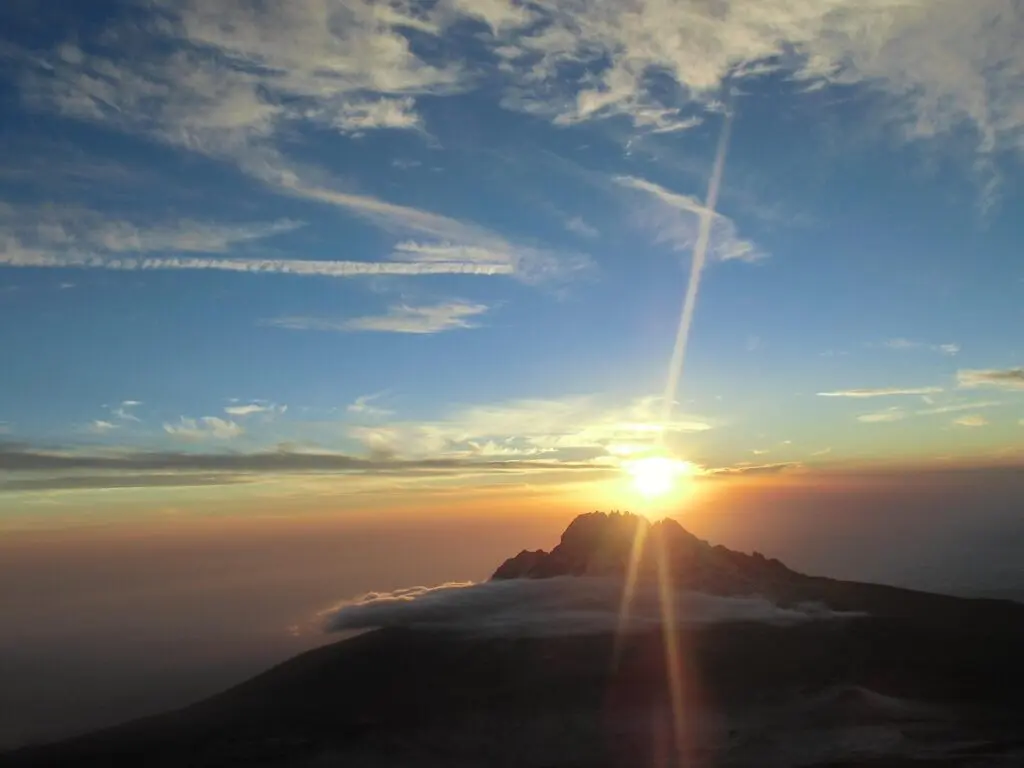
Mt. Kilimanjaro
Trekking Mt. Kilimanjaro (or nearby Mt. Meru) is a great physical and mental challenge for all who attempt it. So trekking is best undertaken during the drier months (December-March and June-October) when trails are more easily traversed.
During April, May, and November, there is a high probability of daily rainfall on the mountain, making for wet and muddy conditions, with snow and sleet at the higher elevations.
Full moon treks: If you’ve done much reading about Kilimanjaro Trekking, you will have come across information about full moon treks. We offer treks that coincide with the full moon, meaning your assault on the summit will occur with a full moon overhead. Many people love the brightness the moon provides, usually negating the need for a headlamp on the trail. There are tradeoffs to consider; however, these dates do tend to attract more crowds than usual.
So, Now You Know the Best Time of Year to Go to Tanzania…
What are you waiting for? Take the first steps on your adventure in Tanzania! Check out our Kilimanjaro Trekking Routes and Tanzania Safaris to learn about the tours and customizable journeys you could enjoy with Pristine Trails!
